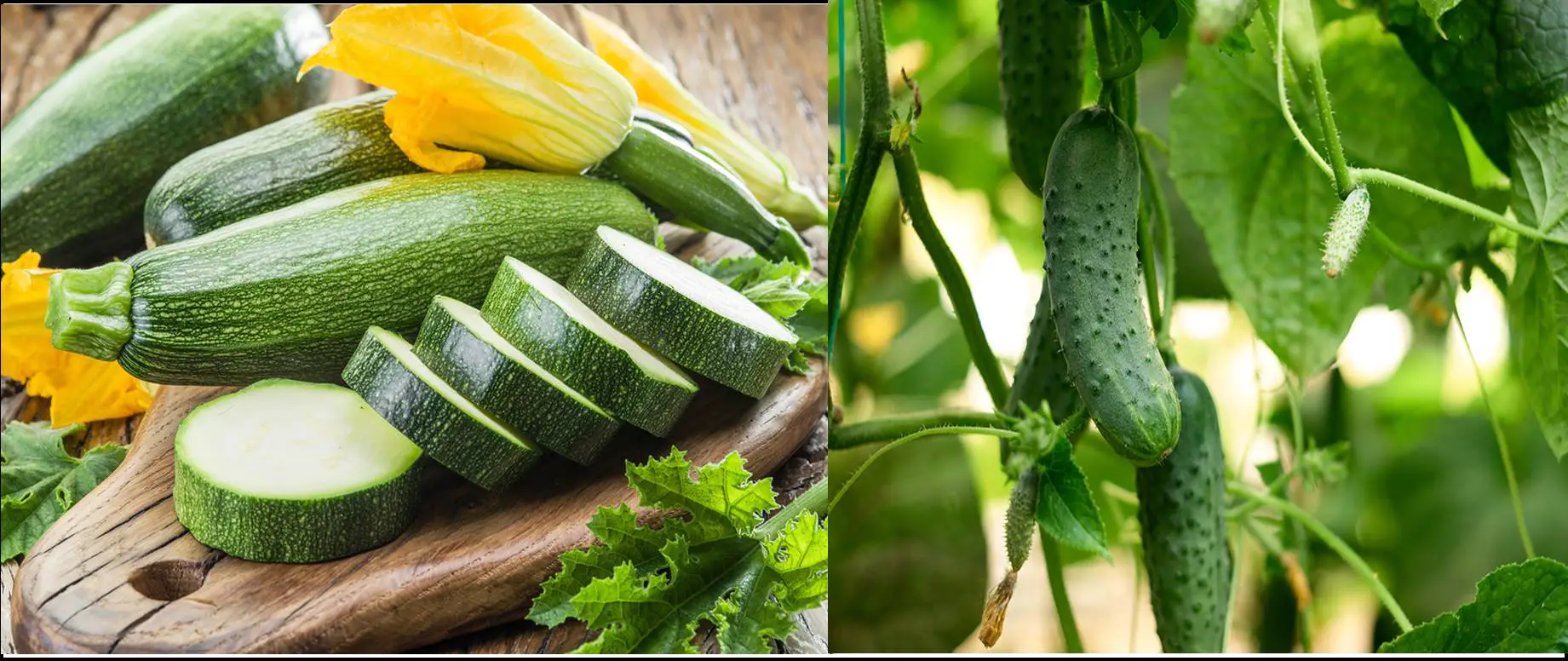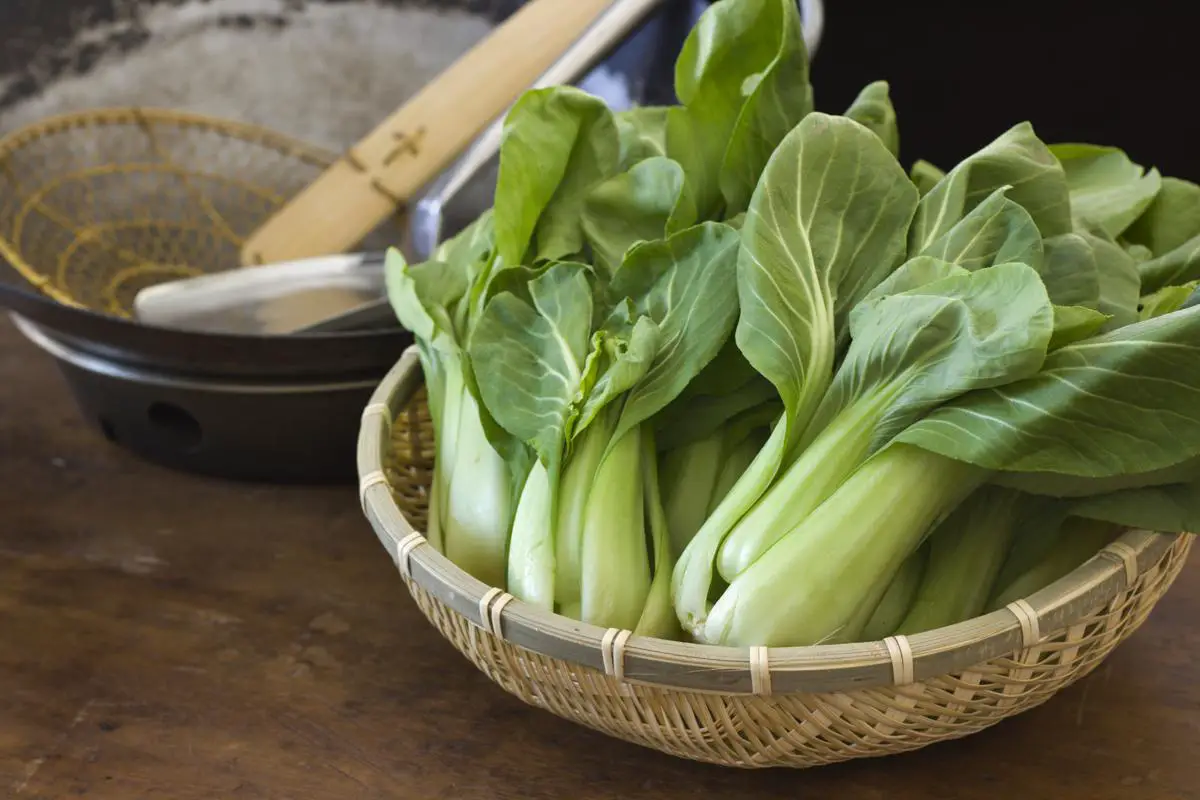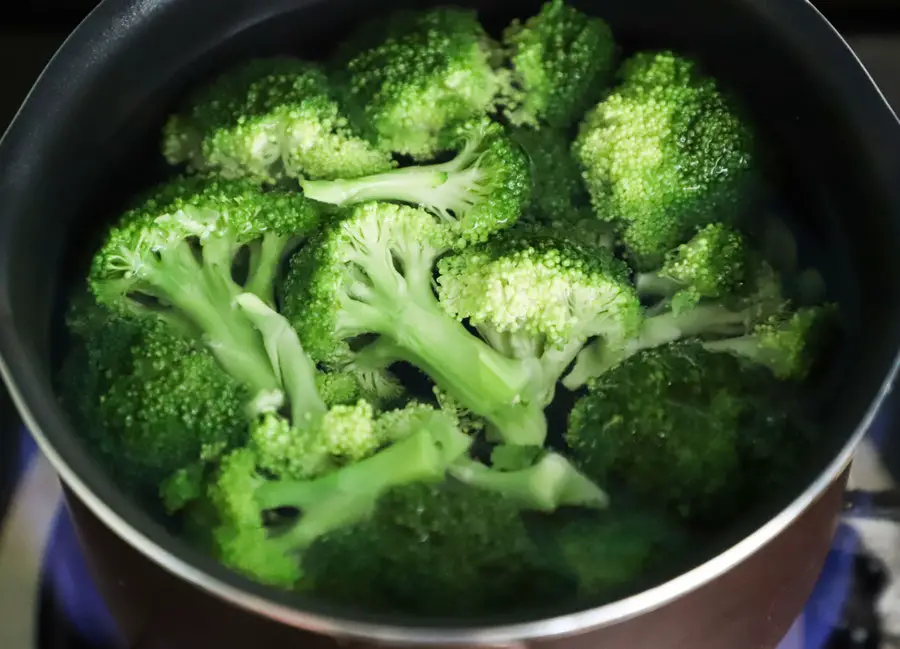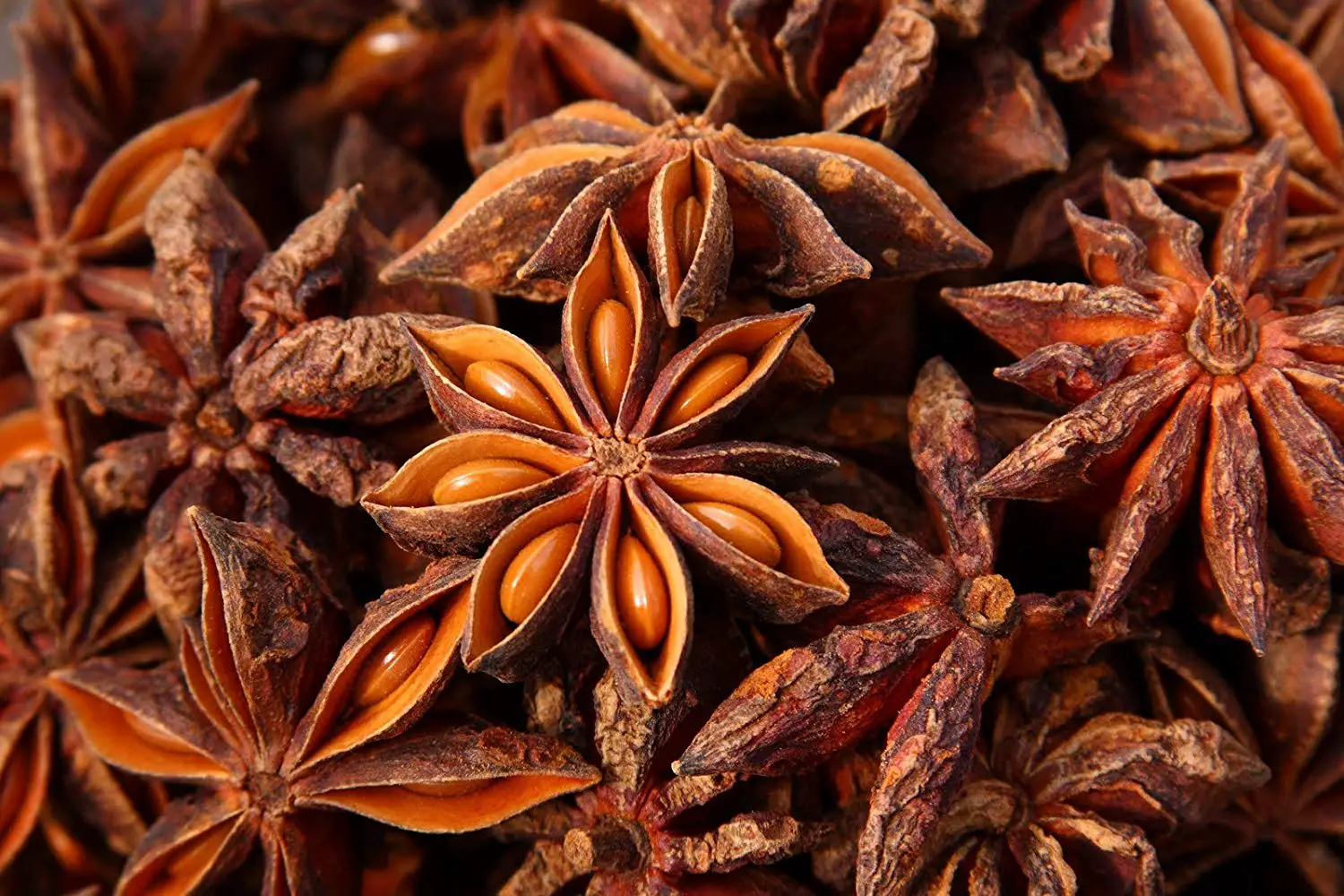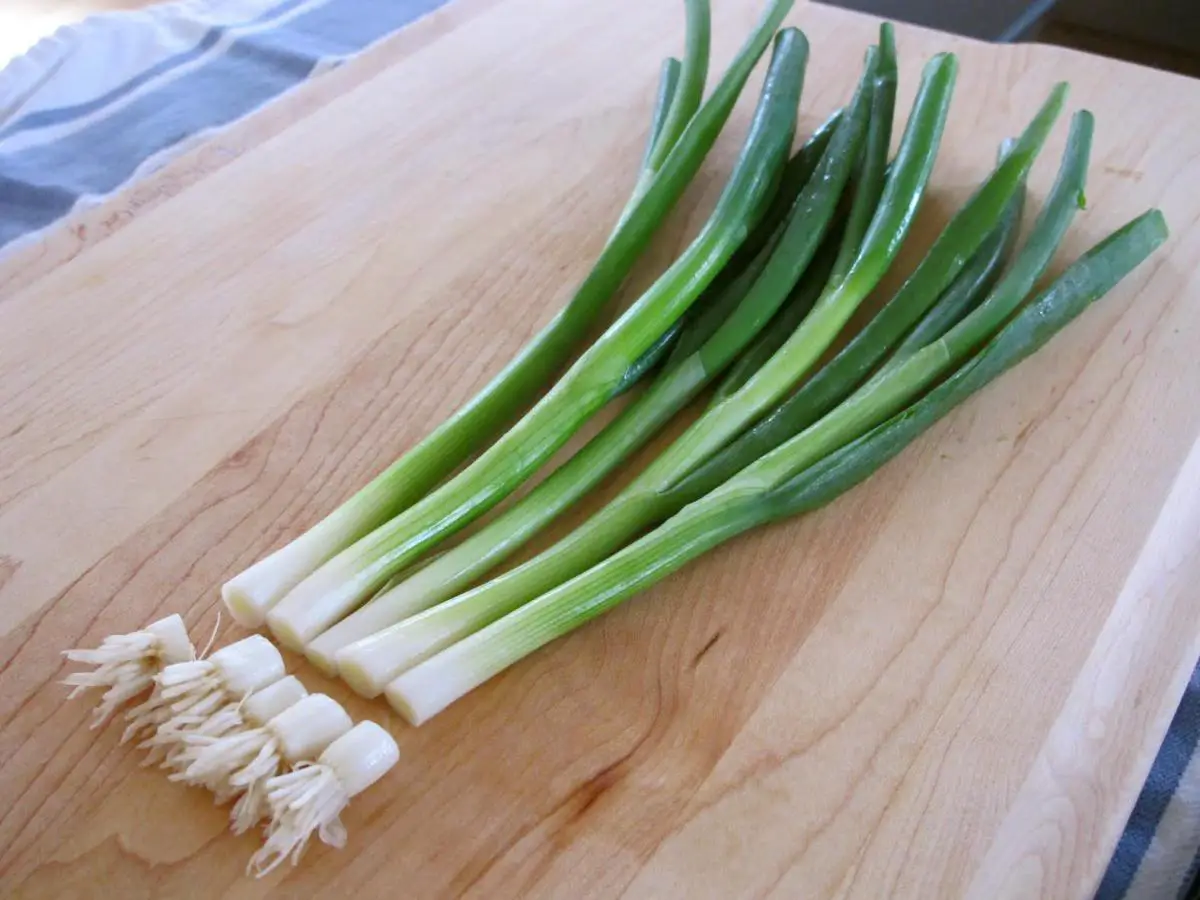If you love Asian cuisine, then daikon radish should be very familiar to you. This versatile root vegetable is widely used in many dishes in countries like China, Japan, Vietnam, and India. It looks a bit like parsnips.
As this version of radish is not an everyday supermarket staple in Western countries, you might face a bit of trouble while preparing a few Asian dishes at home. Local Asian grocers are not in close proximity to most of us as well.
A few daikon radish substitutes can help you out to prepare those dishes. You have multiple options at your disposal. Let’s have a look at them!
1. White Turnips
White turnip is the perfect substitute for daikon radish. As both of these vegetables are cruciferous, it makes sense to use one as the alternative to the other. Like daikon radish, white turnips also have a mind flavor and crispy texture.
Though white turnip is the best one compared to the other substitutes, don’t expect the exact same taste and flavor as daikon radish. Turnips usually have a more subtle taste, so it’s not an identical twin to daikon radish.
Applying white turnips instead of daikon radish won’t hamper the taste of the food though.
2. Regular Red Radishes
You can use the regular radishes from local grocery stores in place of daikon radish. After all, daikon radish is not too different from regular radishes. Red radishes work very well in stir-fry recipes. There are differences, but they won’t change the taste too much.
The taste of red radishes is spicier than daikon radish. This more pronounced flavor will slightly alter the taste of the recipe. You shouldn’t use red radish as a palate cleanser like daikon radish. The overpowering flavor might ruin the dish.
3. Jicama
Jicama is an unconventional alternative to daikon radish. It’s not available everywhere, but can be a good alternative to daikon radish if you can find some. The color and texture of jicama are very similar to daikon radish. Its taste is not too different, as well.
Compared to daikon radish, jicama is more fibrous. The taste is milder, so you should use more of it than daikon radish when used as a substitute. Otherwise, you won’t get enough flavors in your food, and it will taste too basic.
4. Parsnips
It’s no big surprise that parsnips have made this list. As daikon radish itself is a close cousin to parsnips, it can easily be replaced by the latter. Not only the texture and color but also the flavor of parsnips is easily comparable to daikon radish.
If you like your food spicy, then you shouldn’t choose parsnips as a daikon radish substitute as it’s not as spicy. Parsnips contain a sweeter undertone that can give your dish an exotic taste. But if you don’t like sweetness in your food, it’s better to avoid this option.
Parsnips are also very common in Asian dishes, just like daikon radish.
5. Cabbage Hearts
You should only consider this option if you don’t have any of the other alternatives on this list. Cabbage heart is not a great alternative to daikon radish but can get the job done in times of dire need.
Buy a cabbage from the market, and use the white core as a daikon radish substitute. You can get away with this option in soups or slow-cooked casseroles. For other recipes, it is not recommended to replace daikon radish with cabbage hearts.
The flavor of cabbage hearts is totally different from daikon radish. You should be willing to accept the difference if you are using this substitute.
Final Thoughts
As the use of daikon in western dishes is relatively new, it will take some time to pop up in every supermarket. You’ll have to get things done with substitutes before that happens.
Daikon radish substitutes work in a wide range of dishes, but not every single substitute can be used in every single dish. You need to know the flavor differences well for using your chosen substitute properly, specifically in Asian food.
If you can’t find any substitute, the last resort is to cook the dish without daikon radish. The taste will be altered, but still, the food would be edible.

